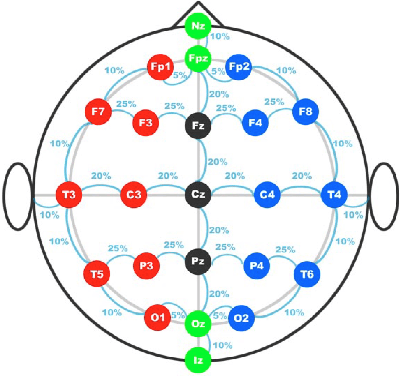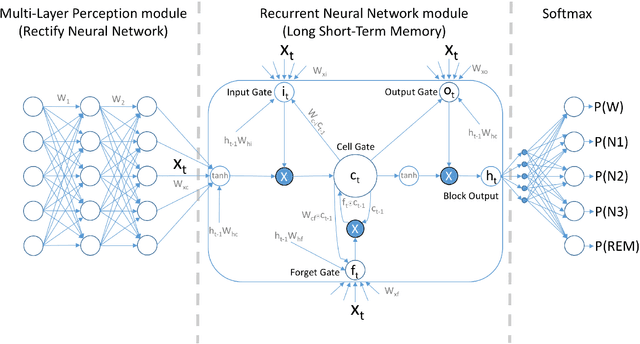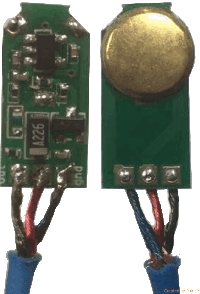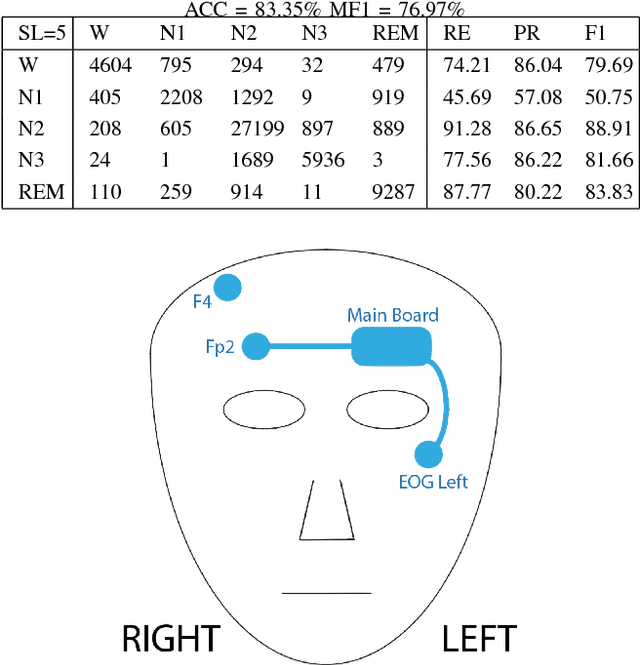Mixed Neural Network Approach for Temporal Sleep Stage Classification
Paper and Code
Aug 03, 2017



This paper proposes a practical approach to addressing limitations posed by use of single active electrodes in applications for sleep stage classification. Electroencephalography (EEG)-based characterizations of sleep stage progression contribute the diagnosis and monitoring of the many pathologies of sleep. Several prior reports have explored ways of automating the analysis of sleep EEG and of reducing the complexity of the data needed for reliable discrimination of sleep stages in order to make it possible to perform sleep studies at lower cost in the home (rather than only in specialized clinical facilities). However, these reports have involved recordings from electrodes placed on the cranial vertex or occiput, which can be uncomfortable or difficult for subjects to position. Those that have utilized single EEG channels which contain less sleep information, have showed poor classification performance. We have taken advantage of Rectifier Neural Network for feature detection and Long Short-Term Memory (LSTM) network for sequential data learning to optimize classification performance with single electrode recordings. After exploring alternative electrode placements, we found a comfortable configuration of a single-channel EEG on the forehead and have shown that it can be integrated with additional electrodes for simultaneous recording of the electroocuolgram (EOG). Evaluation of data from 62 people (with 494 hours sleep) demonstrated better performance of our analytical algorithm for automated sleep classification than existing approaches using vertex or occipital electrode placements. Use of this recording configuration with neural network deconvolution promises to make clinically indicated home sleep studies practical.
 Add to Chrome
Add to Chrome Add to Firefox
Add to Firefox Add to Edge
Add to Edge